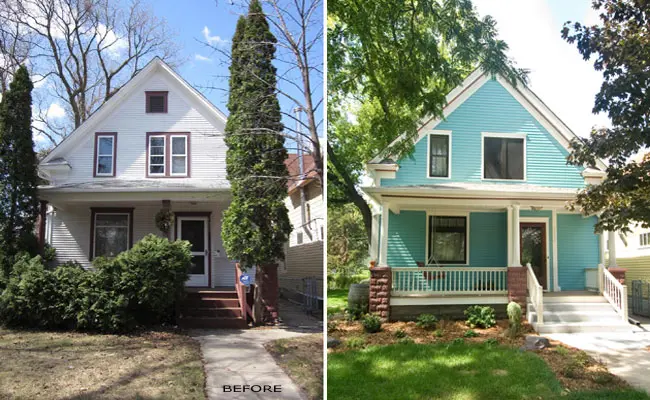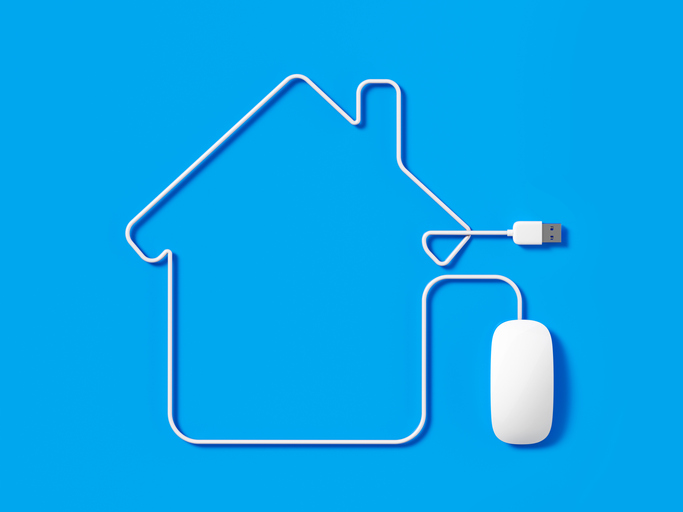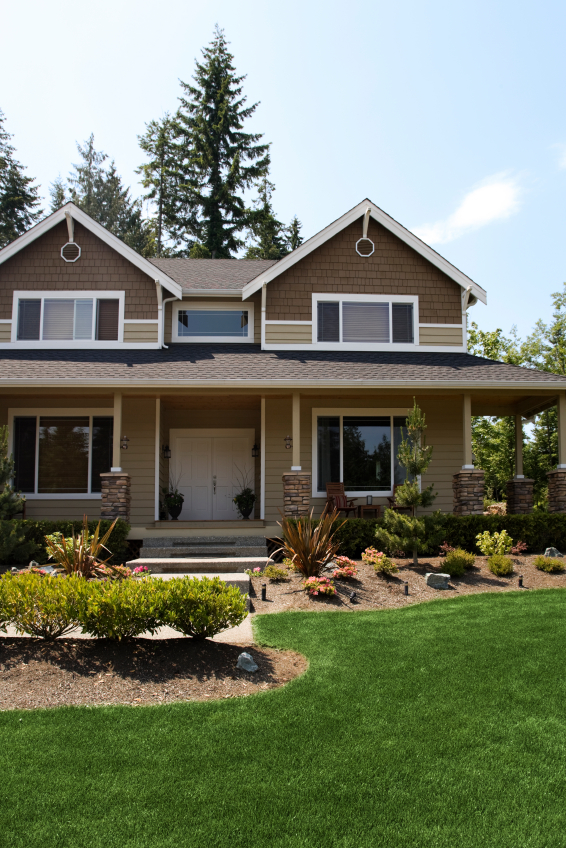A well-maintained property is not just a source of pride; it’s a valuable investment. Whether you’re a homeowner or a real estate investor, managing and preventing deterioration is crucial for protecting your property’s value. In this article, we’ll explore key strategies to help you safeguard your property and keep it in top condition.
1. Regular Property Inspections: The First Line of Defense
Regular property inspections are the foundation of effective deterioration prevention. Schedule routine inspections, either by yourself or with the help of a professional, to identify issues early. These inspections should encompass the interior, exterior, and any outdoor spaces. Common areas to focus on include:
- Roof and Gutters: Inspect for damaged shingles, leaks, and debris buildup in gutters.
- Foundation: Look for cracks, settling, or signs of moisture intrusion.
- Exterior Walls: Check for peeling paint, cracks, or gaps.
- Windows and Doors: Ensure they are properly sealed and functioning.
- Plumbing and Electrical Systems: Look for leaks, faulty wiring, or outdated fixtures.
- HVAC Systems: Schedule regular maintenance to avoid breakdowns.
- Appliances: Ensure they are in working order and have no leaks.
- Landscaping: Trim trees, bushes, and maintain the lawn to prevent overgrowth and damage.
- Pest Control: Regularly inspect for signs of pests and address issues promptly.
2. Timely Repairs and Maintenance: Address Issues ASAP
When issues arise during inspections or are reported by occupants, address them promptly. Delaying repairs can lead to more extensive and costly problems down the road. Consider creating a maintenance schedule to ensure tasks like cleaning gutters, servicing HVAC systems, and testing smoke detectors are completed on time.
3. Weatherproofing: Shielding Your Property from the Elements
Weather can be a property’s greatest foe. Protect your property from the elements by:
- Sealing Gaps and Cracks: Weatherstripping doors and windows and sealing gaps in the exterior walls can prevent drafts and moisture intrusion.
- Roof Maintenance: Regularly inspect your roof for loose or damaged shingles and repair them promptly.
- Proper Drainage: Ensure that water drains away from the foundation to prevent water damage and soil erosion.
- Paint and Protective Coatings: Apply protective coatings to surfaces like decks, fences, and outdoor wood to prevent deterioration from exposure to the elements.
4. Preventive Measures: Proactive Deterioration Prevention
Proactive measures can go a long way in preventing deterioration:
- Regular Cleaning: Keep your property clean to prevent dirt, mold, and grime buildup.
- Pest Control: Implement pest control measures to deter infestations.
- Tree and Plant Maintenance: Trim trees and plants to prevent root damage and falling branches.
- Proper Ventilation: Ensure good airflow to prevent moisture buildup and mold growth.
- Insulation: Proper insulation can help regulate temperature and prevent drafts.
5. Professional Help: When in Doubt, Consult Experts
If you’re uncertain about how to prevent deterioration or if you notice signs of significant issues, it’s wise to consult professionals. Hiring contractors, inspectors, or maintenance specialists can provide expertise and guidance on how to address specific problems effectively.
Conclusion
Managing and preventing property deterioration is an ongoing commitment that pays off in the long run. By conducting regular inspections, addressing issues promptly, and taking proactive measures, you can protect your property’s value, ensure the safety and comfort of occupants, and enjoy peace of mind knowing that your investment is in good hands.


:max_bytes(150000):strip_icc():focal(674x619:676x621)/Kentucky-Flooding-073022-01-41321117ea5c47f58cdb9fbf6dadde1a.jpg)

